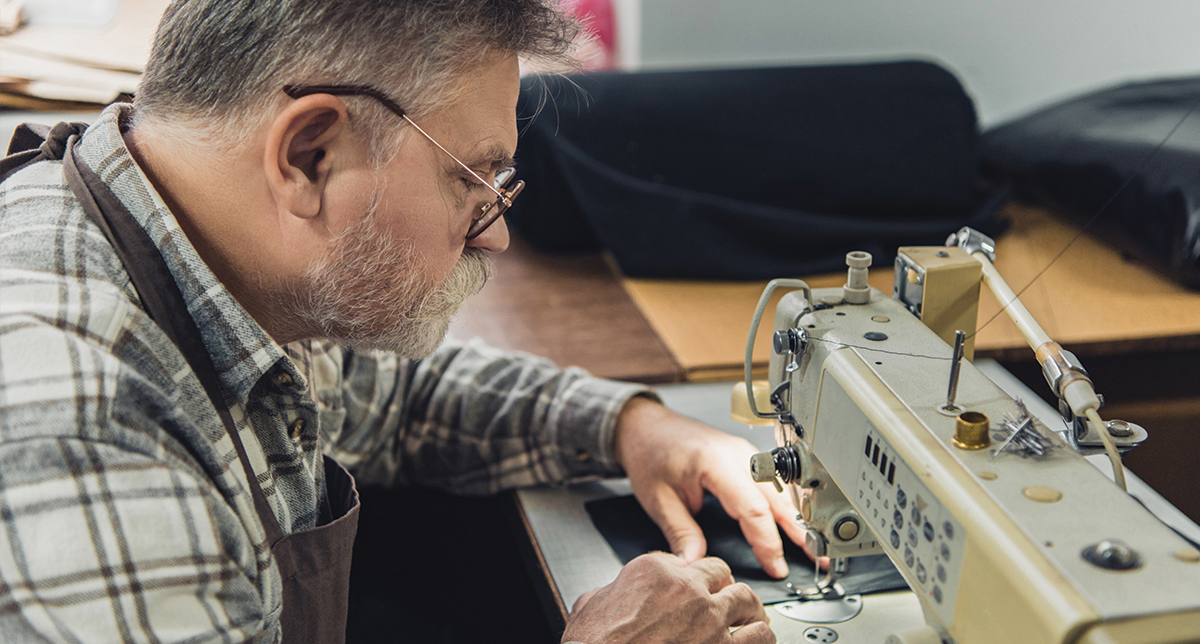The word “plastic” derives from the Greek word “plastikos” meaning to grow or form.
Plastic is created by putting together chains of molecules called polymers. Polymers occur naturally in the world, and the word “polymer” means “of many parts. Plastic is formed when carbon atoms from petroleum or fossil fuels combine to form very long chains of polymers, giving them their durability and flexibility.
The first synthetic plastic was formed in 1869 by the inventor John Wesley Hyatt, who created plastic in order to replace ivory, a very expensive and limited resource. Hyatt treated cellulose from cotton fiber with camphor. The result was a material that could not only substitute ivory, but many other types of natural materials. No longer would mankind be limited by natural resources! This unique material was used for billiard balls, a new sport that was growing in popularity. Now everyone could enjoy billiards, not just the wealthy. In fact, many of the things that were formerly reserved for the rich were now able to be made widespread and available to all.
In 1907, a new, completely synthetic material was invented called Bakelite created by Leo Baekeland. Baekeland was searching for a less expensive alternative to shellac, since shellac is a good insulator for electricity. What he came up with worked as an insulator, but also strong and heat resistant. It was dubbed, “The material with a thousand uses.” With the plastic fever in full effect, companies hired scientists to come up with their own plastics.
World War II was a tremendous catalyst for the creation and invention of even more plastics Nylon was invented during the war, making parachutes, nets, and hundreds of other supplies available soldiers. There was an increase in plastic production by 300%. Almost everything imaginable was being made with plastic.
Unfortunately, with the rise in popularity of plastic came pollution. The 1960’s were a time where people were starting to care about the environment and wanting to get involved in helping. Single use plastics were beginning to get a bad name. To combat this opinion, plastic developers started making a system in which materials could be recycled.
Nowadays, scientists are developing bioplastics which are made from plant crops instead of fossil fuels, making them more sustainable and better for the environment. Plastic plays a huge role in our everyday lives, from health care to what we wear, and it’s more important than ever to make plastic safe for the environment.







